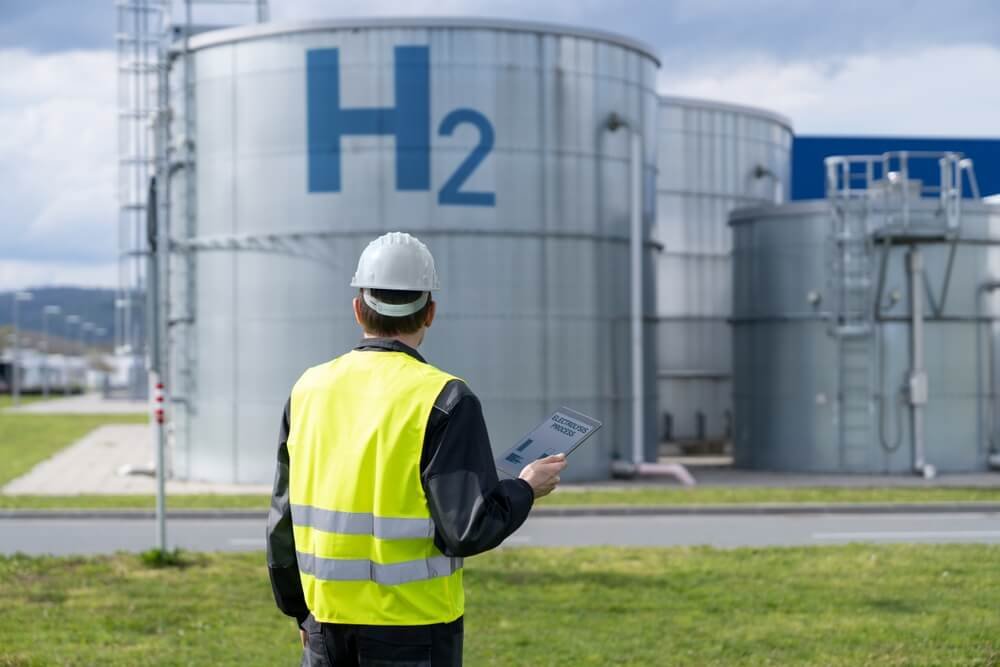Breakthrough in Hydrogen Production: Ruthenium to Replace Expensive Iridium

A significant technological advancement has been achieved by Heraeus and Sibanye-Stillwater in the field of hydrogen production. They have developed a new, stable ruthenium-based catalyst for Proton Exchange Membrane (PEM) water electrolysis. This development marks a major step in increasing the sustainability of hydrogen production by reducing reliance on iridium.
Key Aspects of the Development
- The technology aims to replace iridium, currently priced at $4,500 per ounce, with ruthenium, which costs about $465 per ounce.
- Iridium is scarce and expensive, with an annual production of only nine tons globally.
- The new ruthenium-based catalyst can potentially alleviate supply bottlenecks in hydrogen production.
Comparison of Metal Production and Requirements
- Currently, about 400 kg of iridium is needed to generate 1 GW of capacity in hydrogen production.
- The goal is to reduce this requirement to below 100 kg per GW.
- Ruthenium's primary production is 3.5 times higher than that of iridium, making it a more accessible and cost-effective alternative.
Strategic Implications
This innovation could revolutionize the hydrogen production industry by making it more economically viable and less dependent on a rare and costly resource like iridium. As the world increasingly looks towards sustainable energy solutions, such advancements are critical in ensuring the feasibility and scalability of alternative energy sources like hydrogen.





